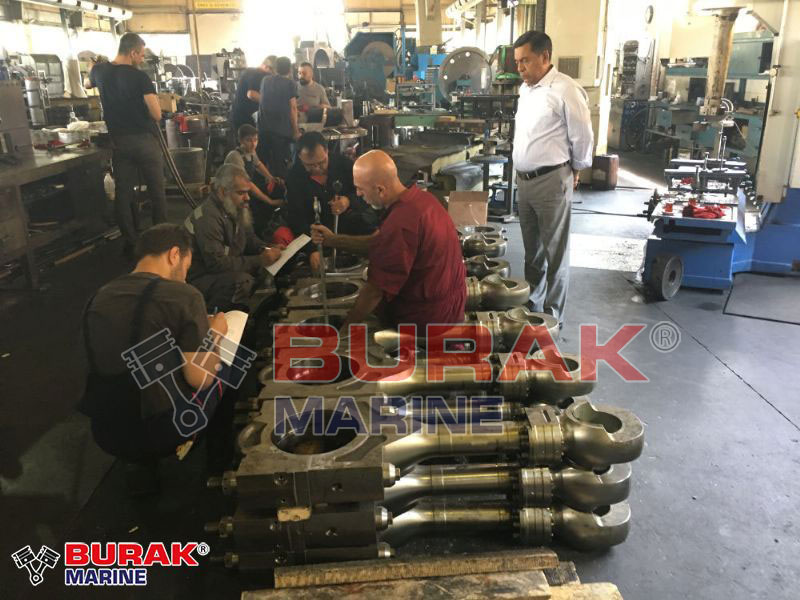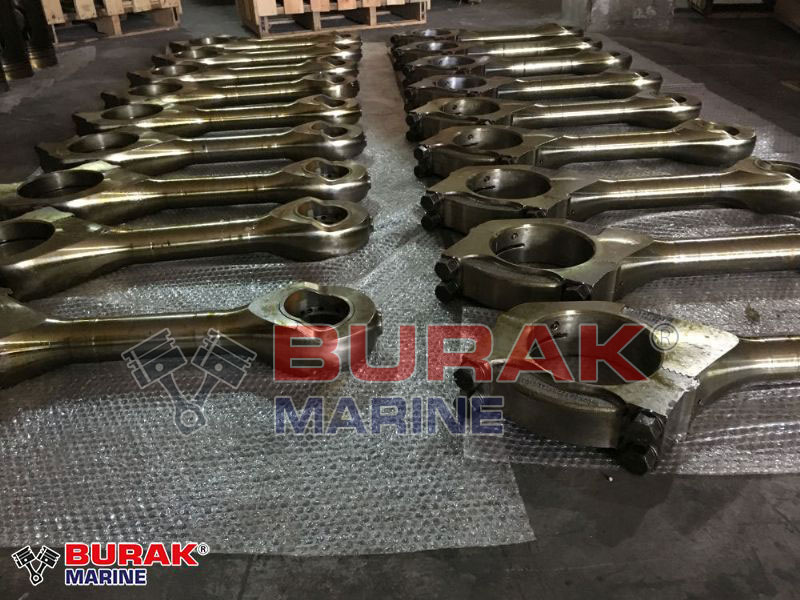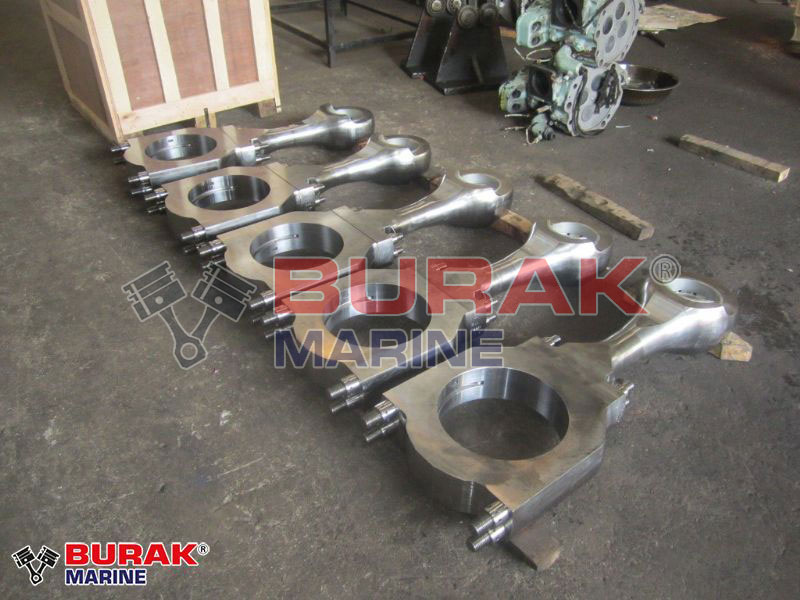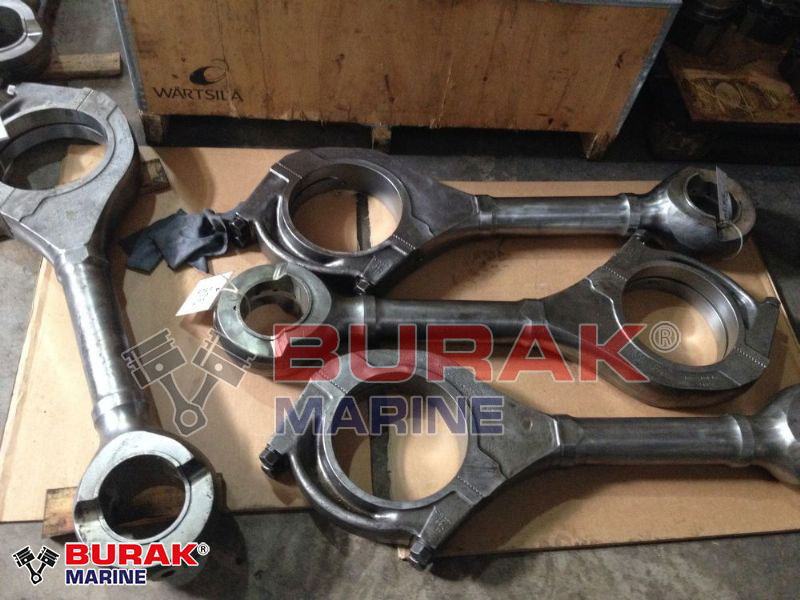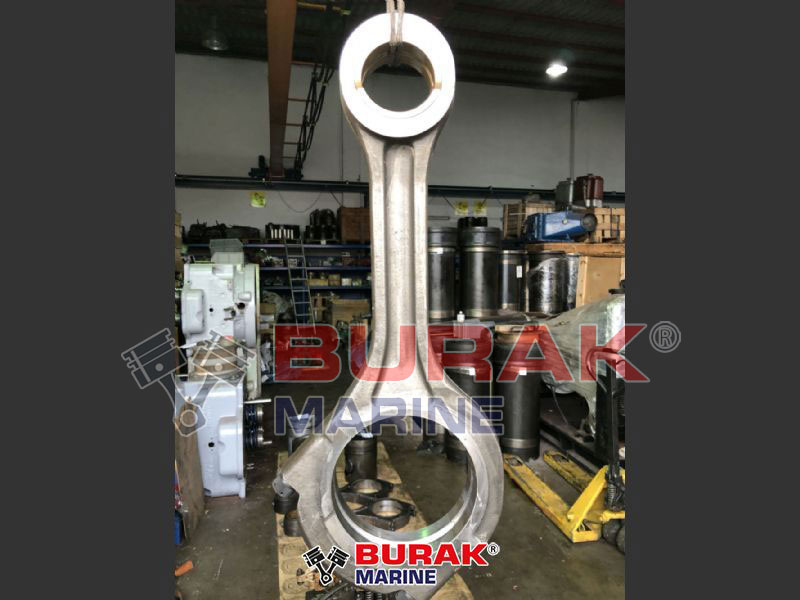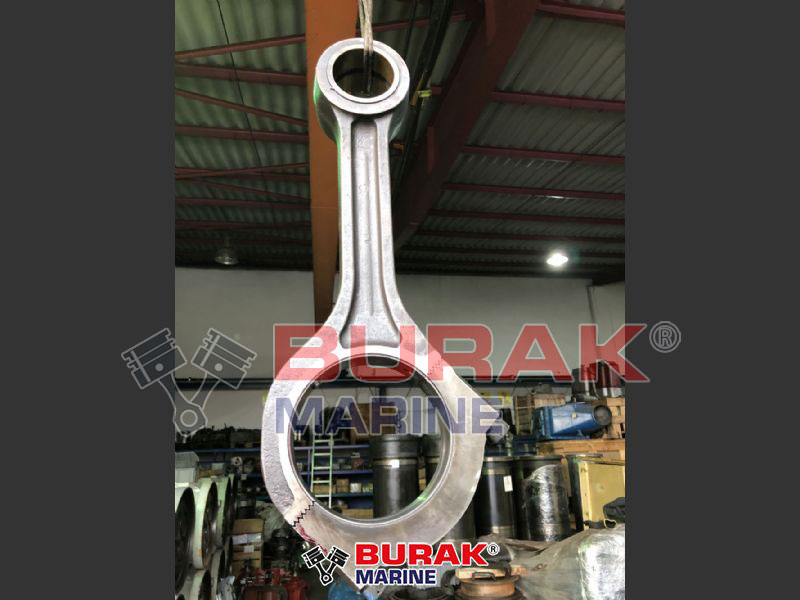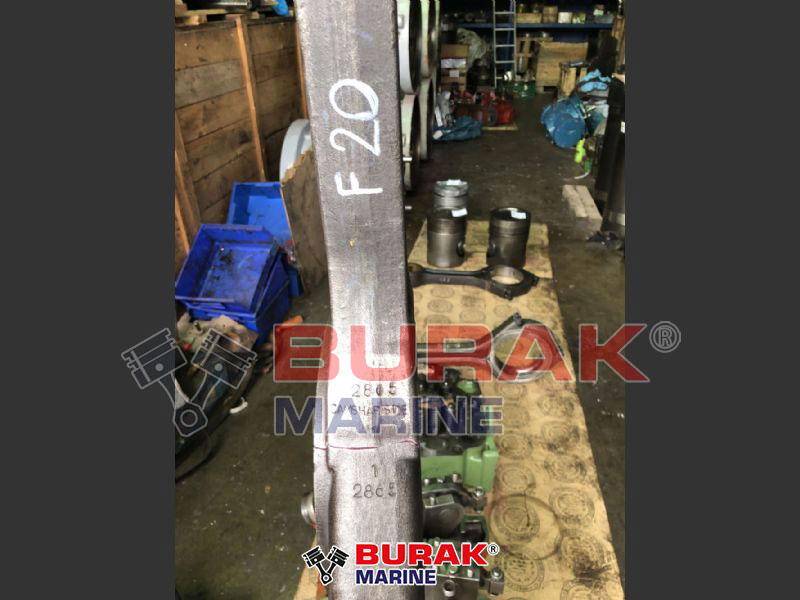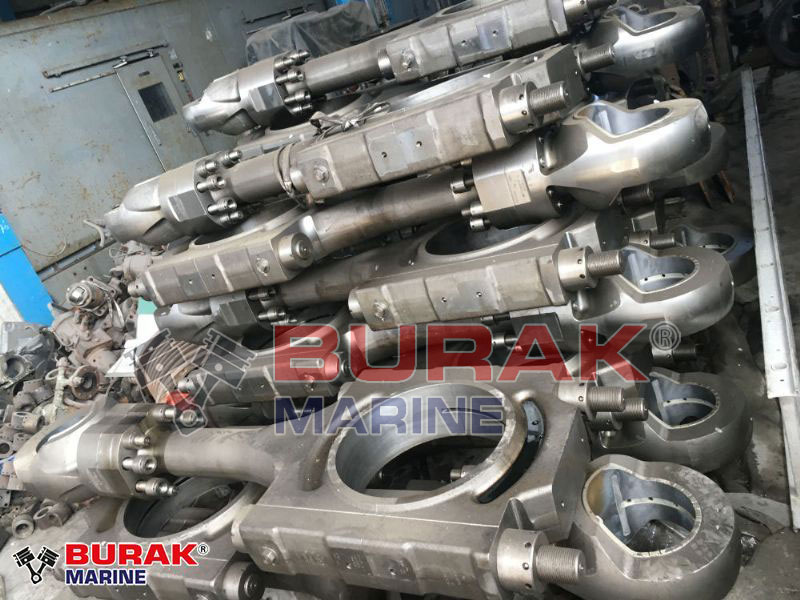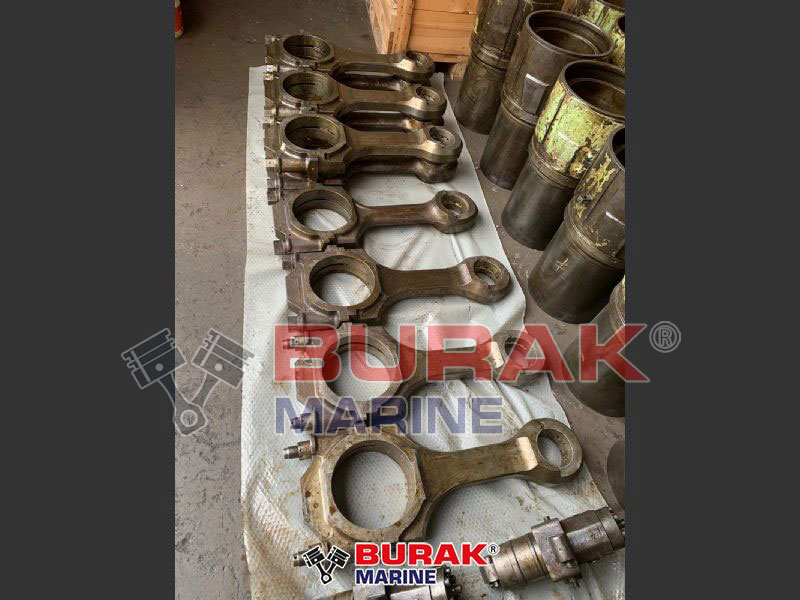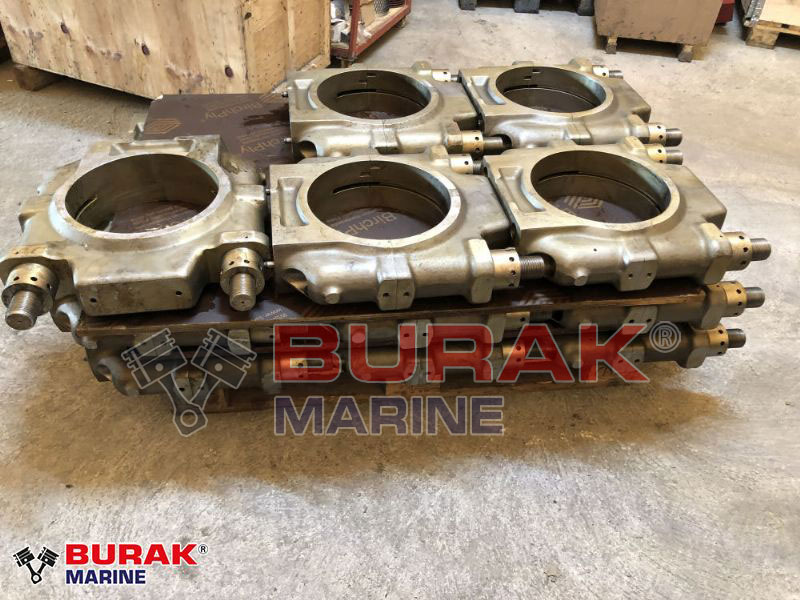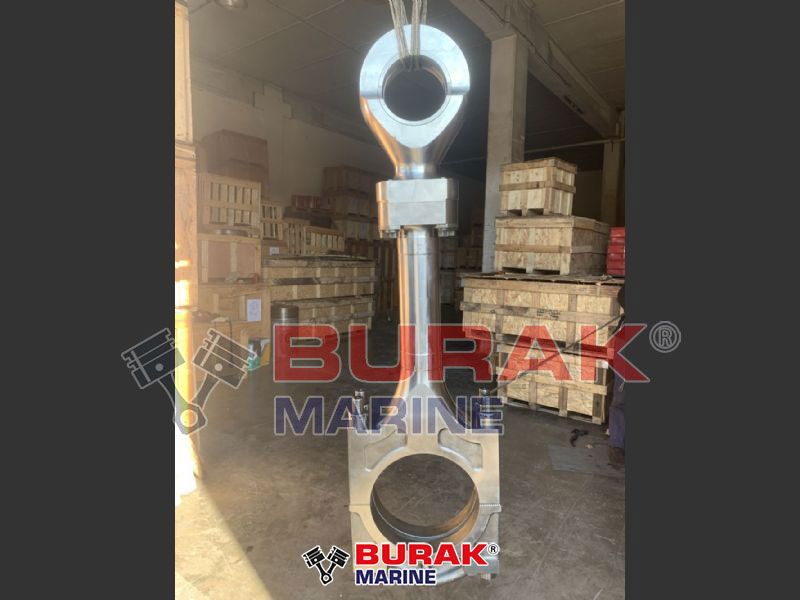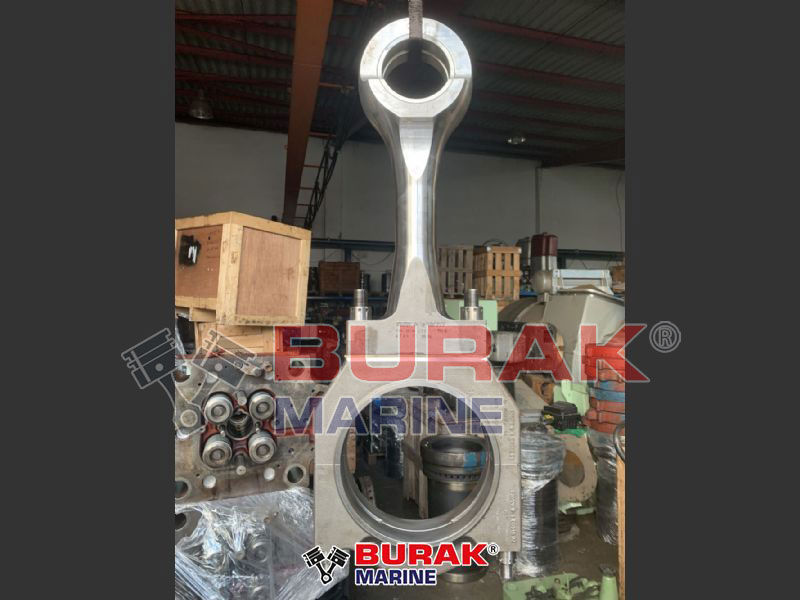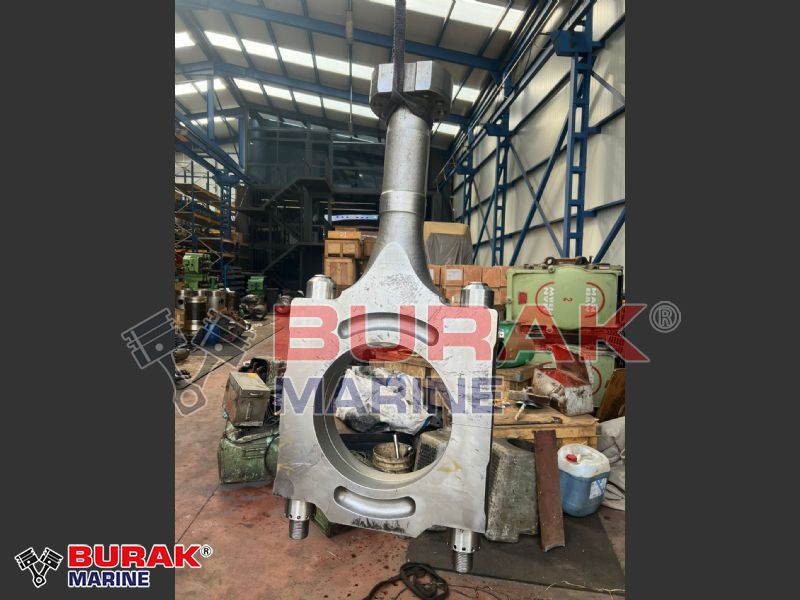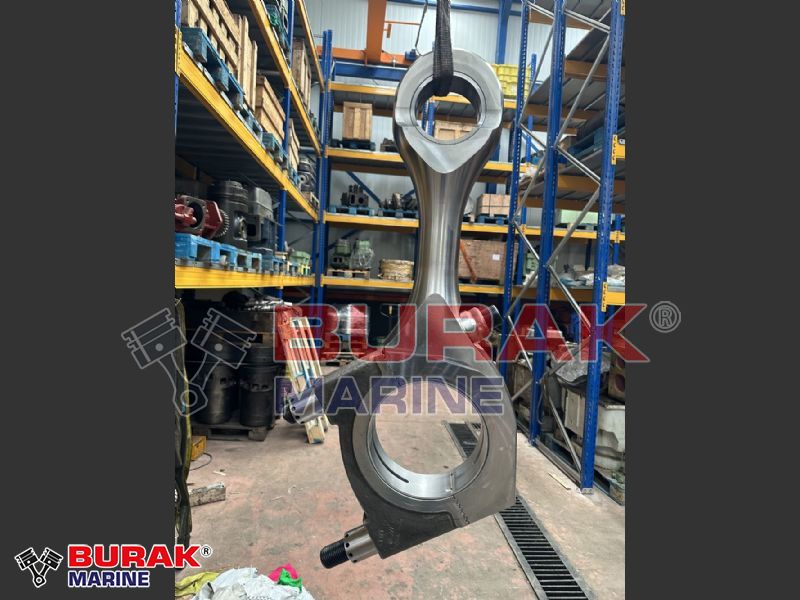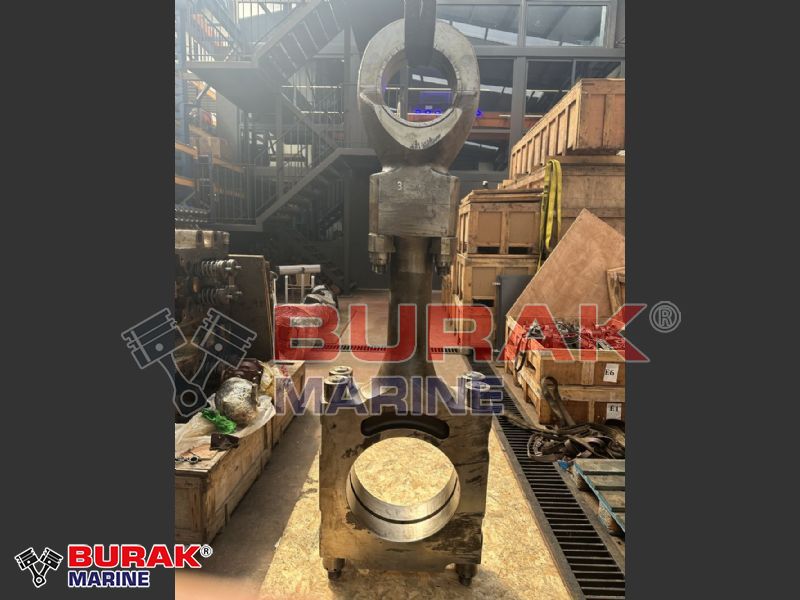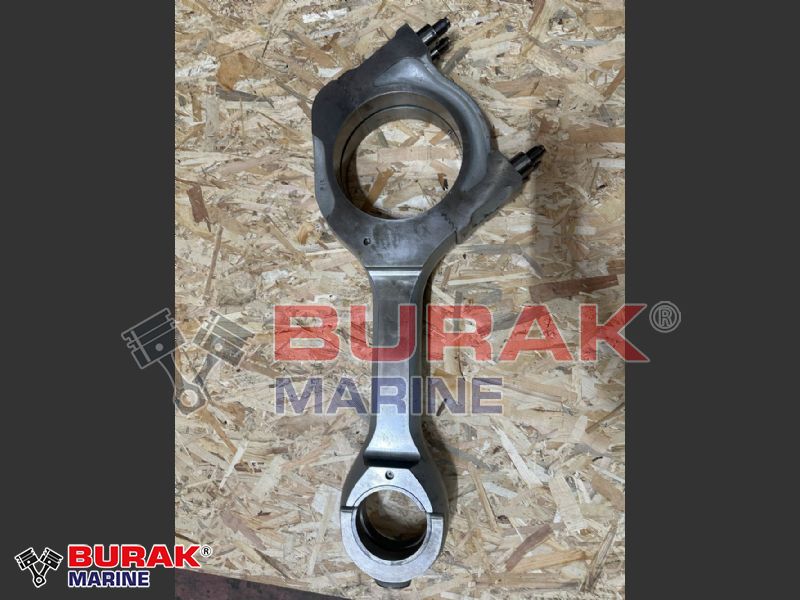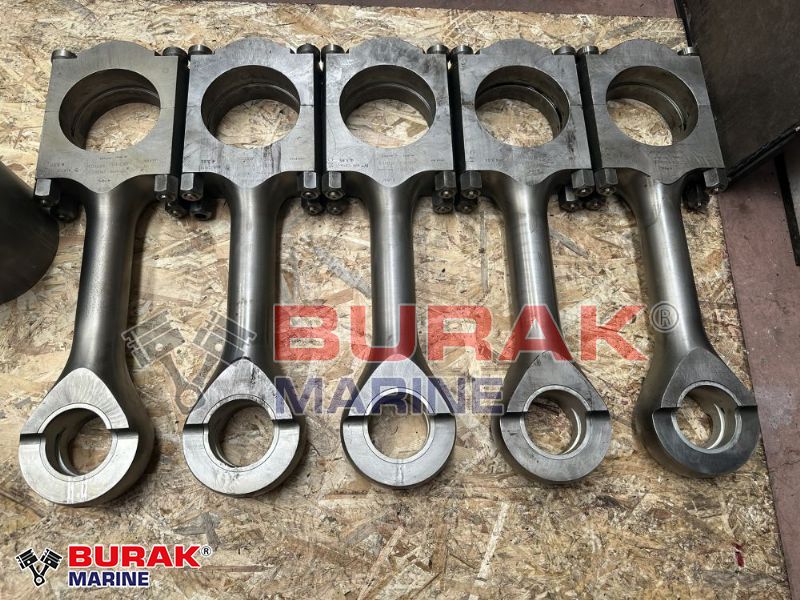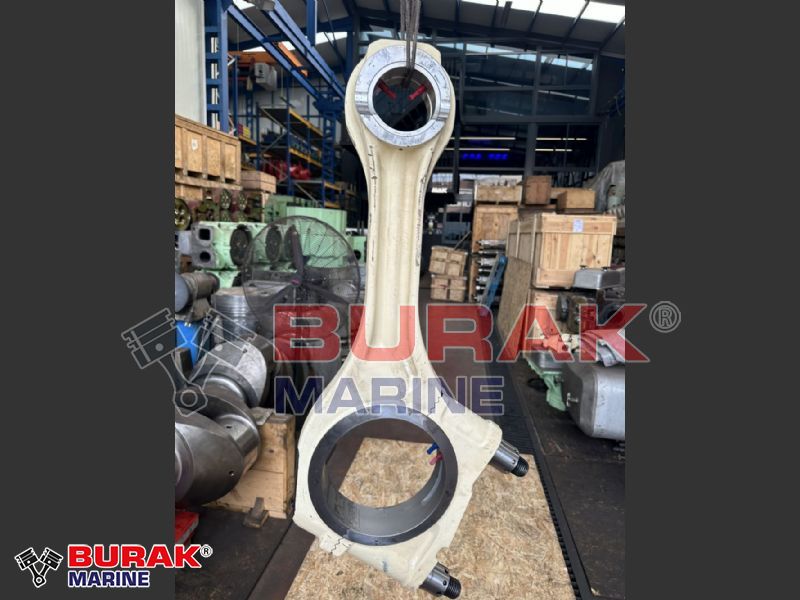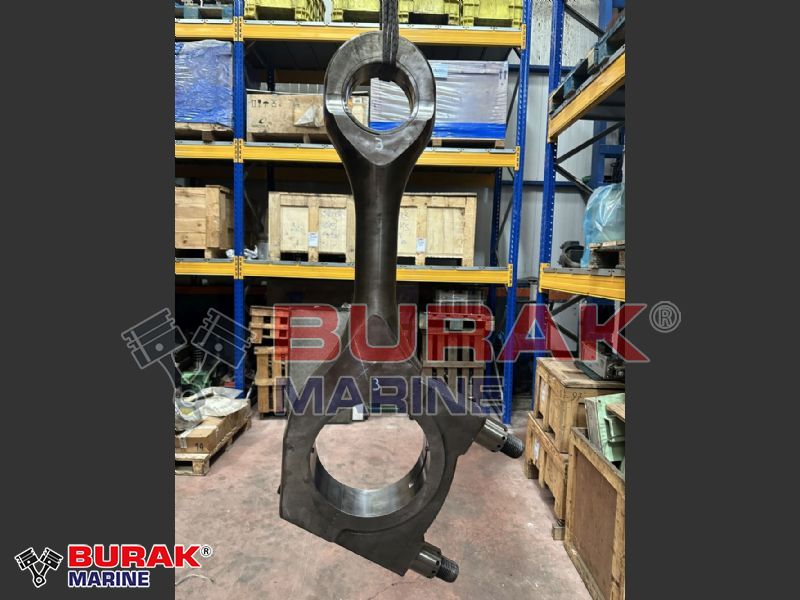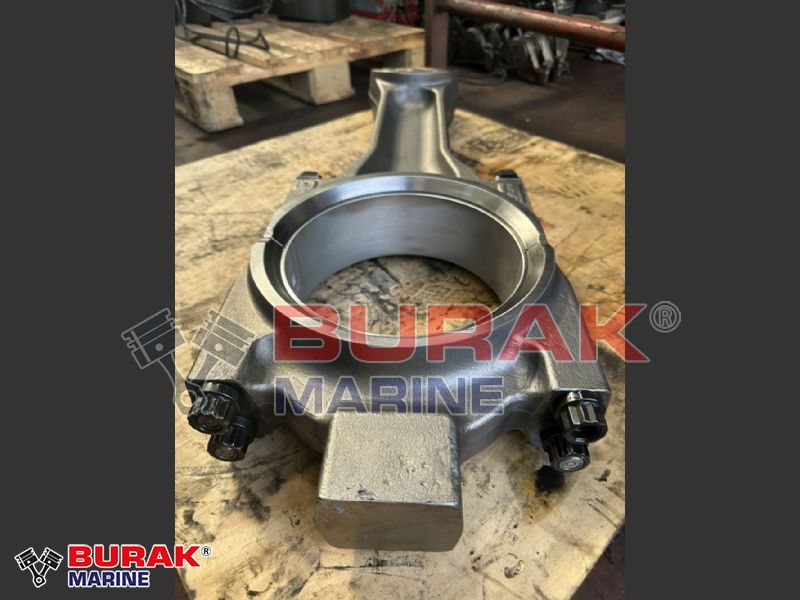Showing (1 - 20 Spare Parts of 20 Spare Parts)
What is Connecting Rod ?
A connecting rod is a crucial component in an internal combustion engine that connects the piston to the crankshaft. Its primary function is to convert the linear motion of the piston (up and down movement) into the rotational motion of the crankshaft, which ultimately powers the engine.
Key Functions and Features of a Connecting Rod:
-
Mechanical Link
- The connecting rod acts as a mechanical link between the piston and the crankshaft. It transfers the force generated by the combustion of the fuel-air mixture in the cylinder to the crankshaft, causing it to rotate.
-
Motion Conversion
- It plays a vital role in converting the reciprocating (linear) motion of the piston into rotary motion. This conversion is essential for driving the crankshaft, which powers the vehicle's wheels or other machinery connected to the engine.
-
End Connections
- The connecting rod has two ends:
- Small End (Piston End): This end is connected to the piston via a piston pin (or wrist pin), allowing it to pivot as the piston moves up and down.
- Big End (Crankshaft End): This end is attached to the crankshaft, often through a bearing that allows smooth rotation around the crankshaft journal.
- The connecting rod has two ends:
-
Construction and Material
- Connecting rods are usually made from high-strength materials like forged steel, aluminum, or titanium, designed to withstand the extreme forces generated during engine operation. In high-performance engines, they may be made from lighter, stronger materials to improve efficiency.
- They are typically forged or cast for strength and durability, and may include bearing surfaces to reduce friction.
-
Types of Connecting Rods
- I-Beam Rods: Commonly used in standard engines, featuring an I-shaped cross-section that provides a good balance of strength and weight.
- H-Beam Rods: Have an H-shaped cross-section, often used in high-performance or racing engines because they can handle higher stress and power loads.
- X-Beam and Other Custom Designs: These are specialized designs that may be used in specific high-performance applications for further optimization of strength and weight.
Importance of Connecting Rods in Engine Performance
- Durability: Connecting rods must endure high pressure, extreme temperatures, and rapid movements without breaking. Any failure can lead to significant engine damage.
- Balanced Operation: Properly balanced connecting rods help ensure smooth engine operation, reducing vibrations and wear on other components.
- Maintenance: Over time, connecting rods and their bearings may wear out, leading to knocking sounds and reduced engine performance. Regular inspection and timely replacement are crucial for engine health.
In summary, the connecting rod is an essential part of the internal combustion engine, responsible for transferring the force from the piston to the crankshaft and converting that energy into usable rotational power.
